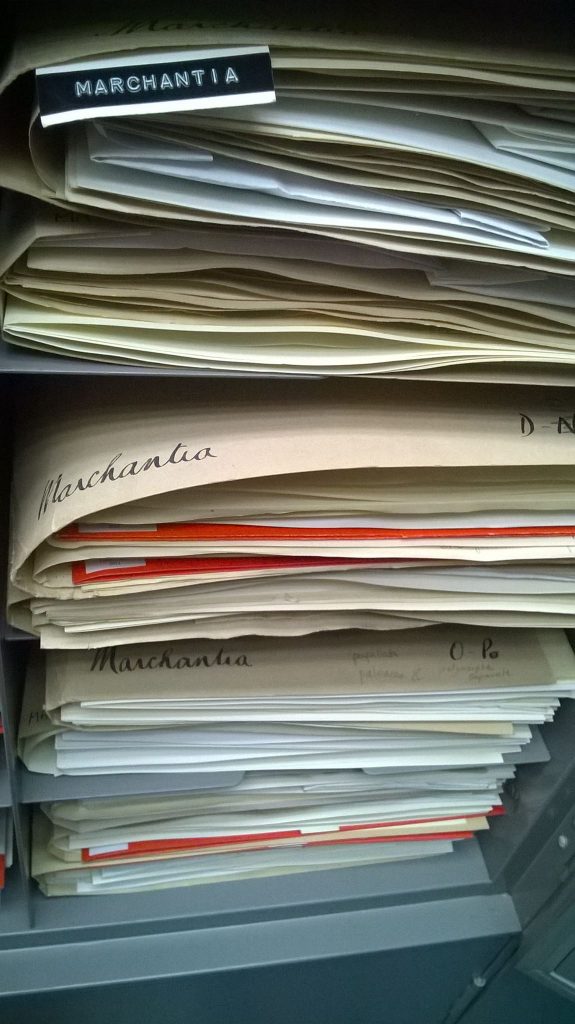Many new species are already included in natural history collections around the world, it’s just that nobody has yet got around to examining the material, recognising that it represents something novel, and publishing a name for it. Sometimes these new species are filed under the epithet of a similar named species, sometimes they’re just filed under the genus name with other collections that have not been identified to species, and sometimes they have been annotated to recognise that they’re probably distinct from all the species that have already been described, e.g., as “sp. nov.”
David Long has made a huge number of plant collections from around the world in his 40-plus year botanical career, with many of these collections not yet fully examined. Some of this material is being mined for DNA sequencing projects at RBGE, and for some of our key plant groups, as well as sequencing well-identified material, we are also sequencing plants that have not been assigned to species. Molecular lab work is fast compared to close morphological studies of multiple plant specimens; this can therefore speed up the processes of traditional taxonomy, by allowing it to focus on things that are obviously distinct.
One lineage that David Long is particularly involved with, and that remains one of our key plant groups, is the complex thalloid liverworts. Some of our sequencing work has involved Marchantia, which made Xiang et al.‘s recent description of a new species in the genus, Marchantia longii, particularly interesting. In the last few days, the DNA sequences that were included in the paper were made publicly available on the NCBI site, GenBank. One of the regions that was sequenced by Xiang et al., the plastid-encoded RuBisCo Large subunit gene rbcL, was also included in our study, and so I was able to put the two data sets together, and see how the new species fits into our phylogenies.
The results are interesting: When Xiang et al. named M. longii, they did so in part because the area that the plant came from, in northwestern Yunnan, is one in which David has been very active. In fact, at RBGE we had already generated DNA sequence data from nine accessions of Marchantia that David had collected there. I was delighted to find that two of these accessions (collections Long 36155 and Long 34642), which had been filed in our collections without a specific epithet, are an exact genetic match to Marchantia longii. It seems that David really does have an affinity for the plant, having gone out and found some even before it was named for him!
A rapid phylogeny of Marchantia, from the RBGE collections. II. Illuminating our sampling
A rapid phylogeny of Marchantia, from the RBGE collections. I. Sampling

